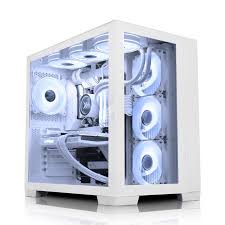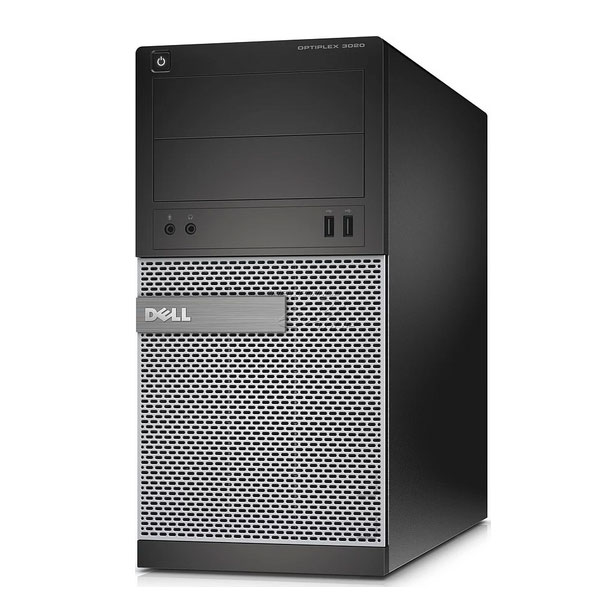
When it comes to choosing a CPU for your computer, the AMD vs Intel processor comparison is a crucial consideration. Both companies offer a wide range of processors, each with their own strengths and weaknesses. This comprehensive guide will help you navigate the AMD vs Intel debate, enabling you to make an informed decision for your next PC build or upgrade.
Historical Context: The AMD vs Intel Processor Rivalry
Before diving into our current AMD vs Intel processor comparison, let’s briefly explore the history of these tech giants:
- Intel: Founded in 1968, Intel has long been the market leader in CPU manufacturing. They introduced the x86 architecture, which became the standard for personal computers.
- AMD: Advanced Micro Devices (AMD) was founded in 1969 and has been Intel’s primary competitor in the x86 market. They’ve often positioned themselves as the value alternative to Intel.
AMD vs Intel Processor Comparison: Pros and Cons
AMD Processors: Strengths and Weaknesses
Pros:
- Value for Money: AMD processors typically offer more cores and threads at lower price points.
- Multi-tasking Performance: With higher core counts, AMD excels in multi-threaded tasks.
- Power Efficiency: Recent AMD processors are known for their excellent power efficiency.
- Integrated Graphics: AMD’s APUs offer better integrated graphics performance compared to Intel’s offerings.
- PCIe 4.0 and 5.0 Support: AMD was quicker to adopt these technologies, allowing for faster data transfer rates.
Cons:
- Single-Core Performance: AMD still lags slightly behind Intel in some single-core performance benchmarks.
- Market Presence: Some software may still be optimized primarily for Intel processors.
Intel Processors: Advantages and Disadvantages
Pros:
- Single-Core Performance: Intel processors often lead in single-threaded tasks.
- Brand Recognition: Intel’s long-standing reputation often translates to better support and compatibility.
- Overclocking Potential: Many Intel processors offer excellent overclocking capabilities for enthusiasts.
- Integrated Graphics: Most Intel CPUs come with integrated graphics, sufficient for basic tasks.
Cons:
- Price: Intel processors are often more expensive than comparable AMD options.
- Power Consumption: Some high-end Intel processors can be more power-hungry than their AMD counterparts.
- Slower Adoption of New Technologies: Intel was slower to adopt technologies like PCIe 4.0.
Factors to Consider in the AMD vs Intel CPU Comparison
When comparing AMD and Intel processors, consider the following:
- Budget: AMD often offers better performance per dollar, especially in multi-threaded tasks.
- Intended Use: For gaming, Intel often has a slight edge. For content creation, AMD’s higher core counts can be advantageous.
- Future-Proofing: Consider socket longevity and support for new technologies.
- Power Efficiency: If energy consumption is a concern, pay attention to the TDP of the processors.
- Platform Features: Consider the features offered by each brand’s chipsets.
Latest AMD and Intel Processor Offerings (as of 2024)
When conducting an AMD vs Intel processor comparison, it’s essential to consider the latest offerings:
- AMD’s Ryzen 7000 series processors offer excellent multi-threaded performance and energy efficiency.
- Intel’s 13th and 14th generation Core processors provide strong single-core performance and are popular among gamers.
Both companies continue to innovate, so check the latest benchmarks for the most up-to-date performance comparisons.
Conclusion: Making the Right Choice in the AMD vs Intel Debate
In the end, both AMD and Intel offer excellent processors catering to different needs and budgets. The best choice in the AMD vs Intel processor comparison depends on your specific requirements, budget, and preferences. Consider factors like performance needs, power efficiency, and future upgrade paths when making your decision.
Remember, while the processor is crucial, it’s just one part of a balanced system. Consider how it fits with other components like your motherboard, RAM, and graphics card to build a PC that truly meets your needs.
For a quote and advice on what’s best for your needs, please contact us; we are more than happy to help
Further Reading and Resources
For those interested in diving deeper into the world of processors, here are some valuable resources:
- AnandTech’s CPU Benchmarks – For detailed performance comparisons.
- Tom’s Hardware CPU Hierarchy – A regularly updated ranking of processors.
- PCMag’s “AMD vs. Intel: Which CPU Giant Won 2023?” – An analysis of the most recent developments in the CPU market.
- TechSpot’s CPU Reviews – For in-depth reviews of the latest processors.
- GamersNexus YouTube Channel – Offers detailed technical analysis and benchmarks of CPUs.
Remember to check these sources for the most up-to-date information, as the CPU landscape can change rapidly with new product releases and technological advancements.
Related Blogs
NVIDIA RTX 5090 Power Connector Issues: What You Need to Know
NVIDIA RTX 5090 Power Connector Issues: What’s Happening? The NVIDIA RTX 5090 is one of the most powerful graphics cards…
Read this blogTop Christmas Computer Scams and How to Stay Safe in 2024
Christmas is a time of joy and giving, but it’s also a time when cybercriminals ramp up their efforts to…
Read this blogLenovo M80s Desktop PC: Compact, Powerful, and Affordable
Looking for a desktop PC that delivers top-notch performance in a compact size? The Lenovo M80s is the perfect solution….
Read this blog







